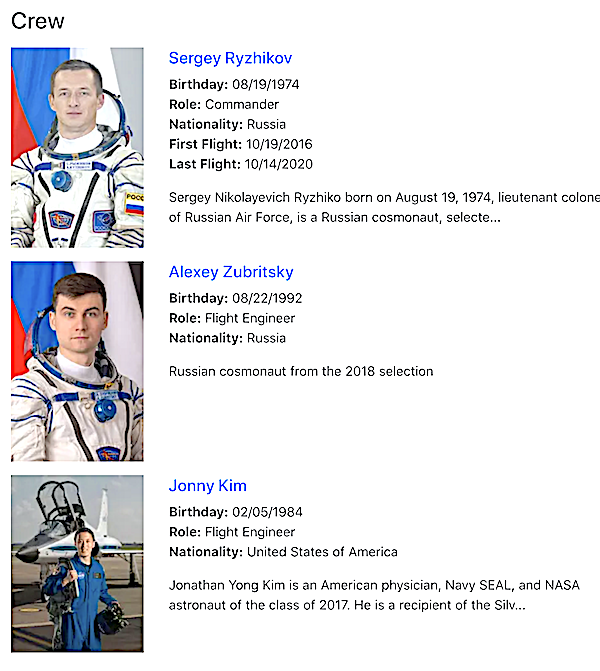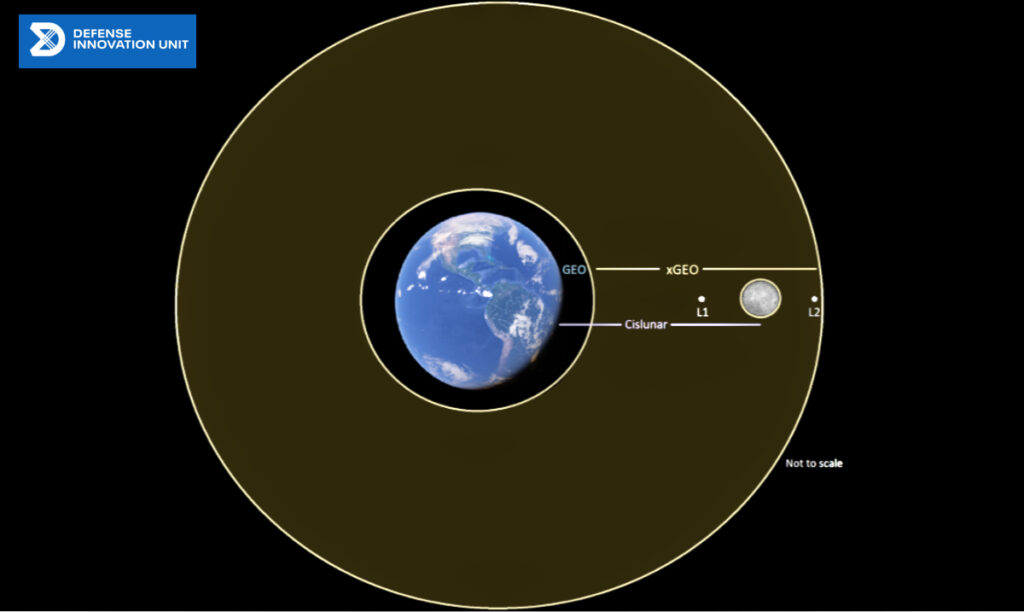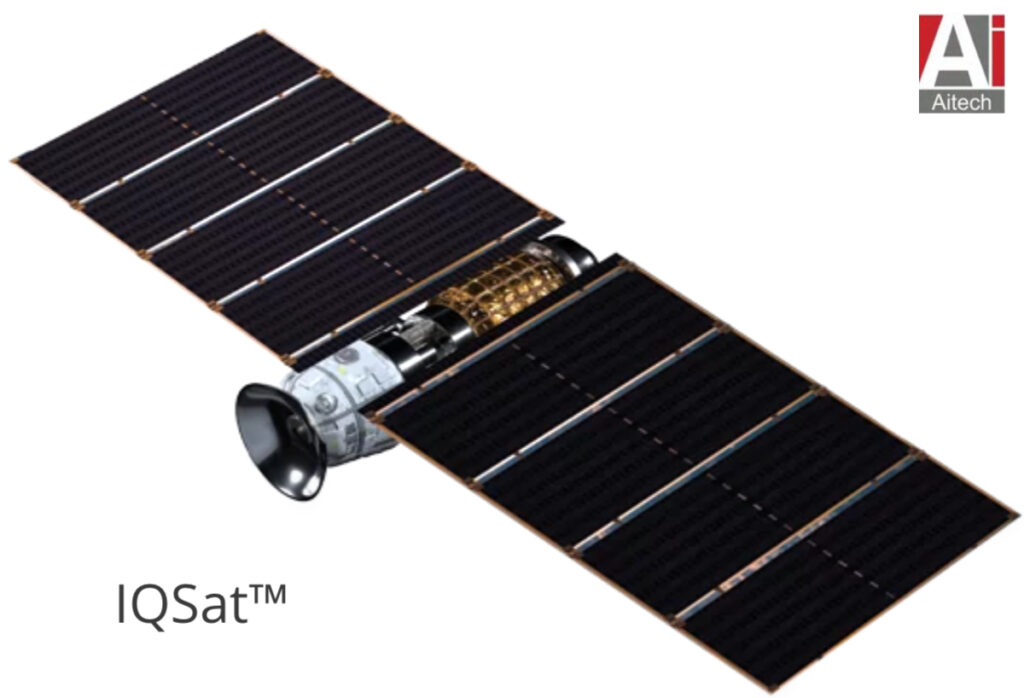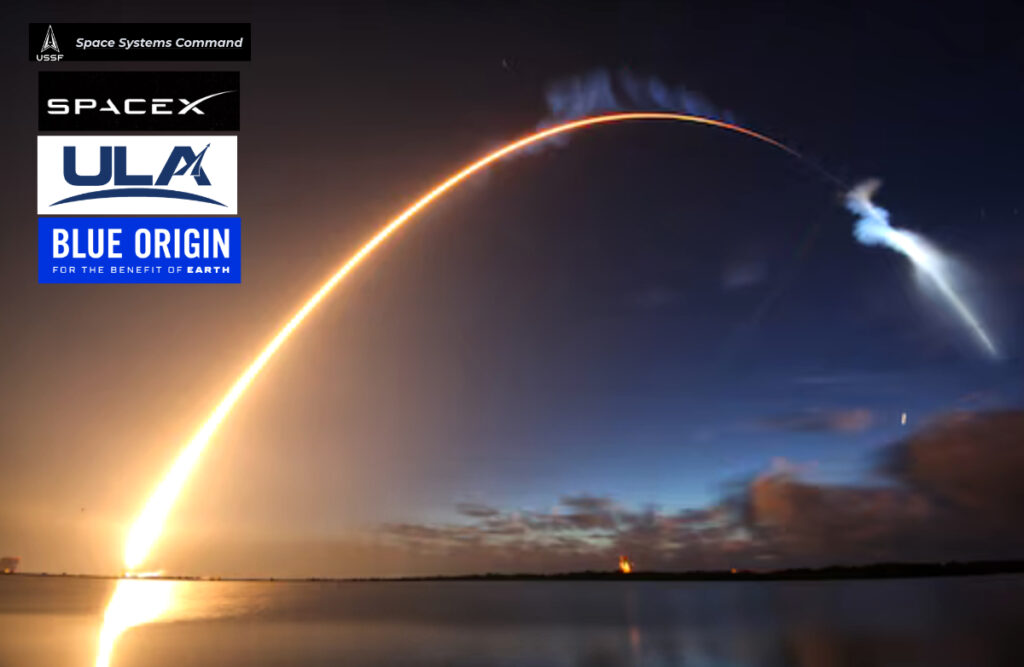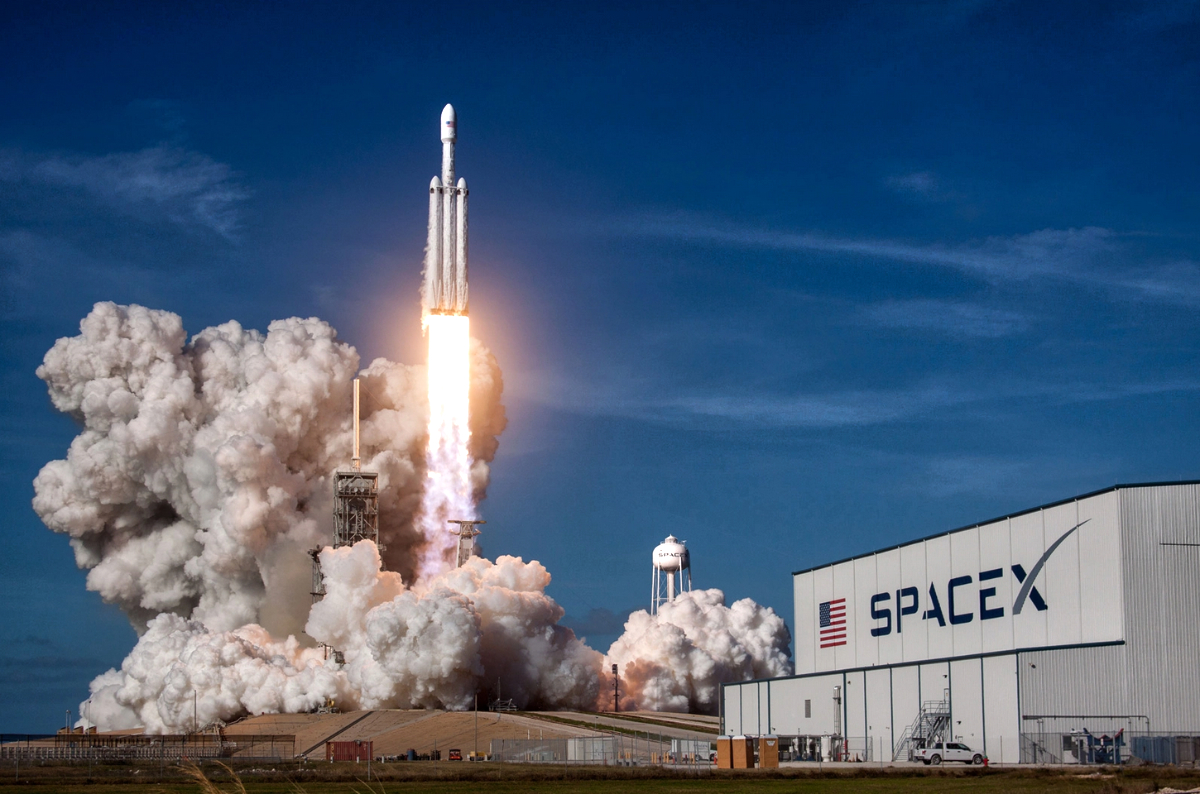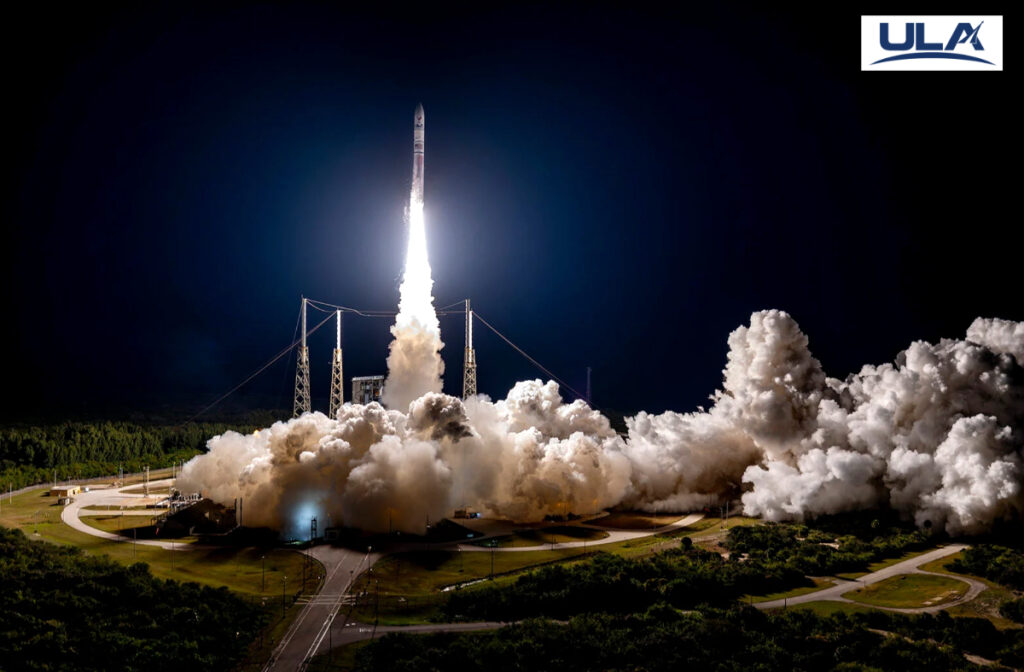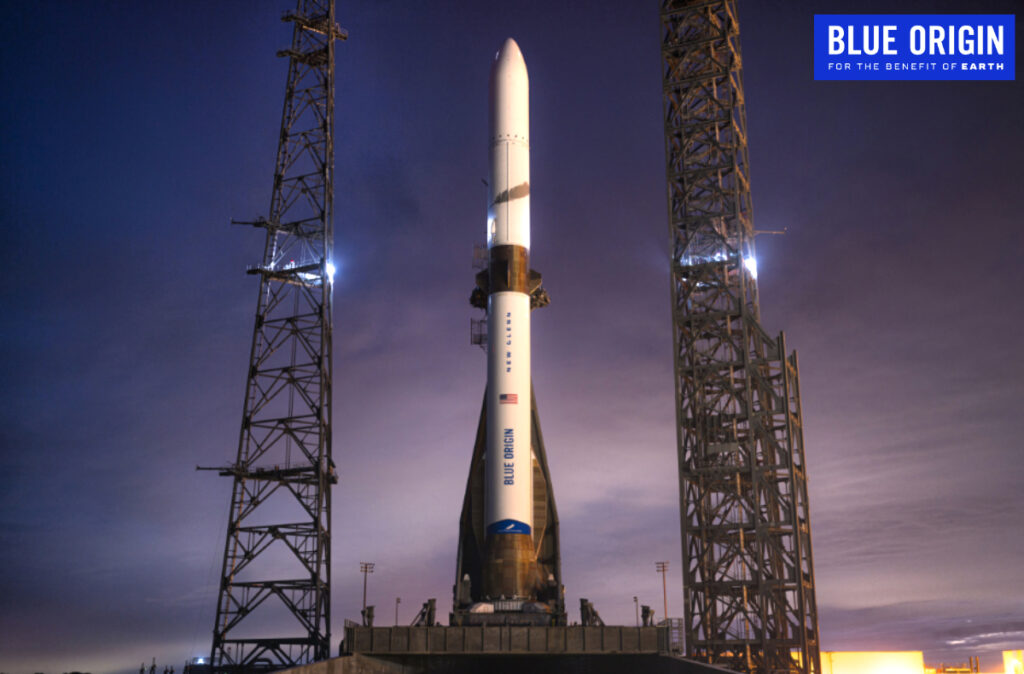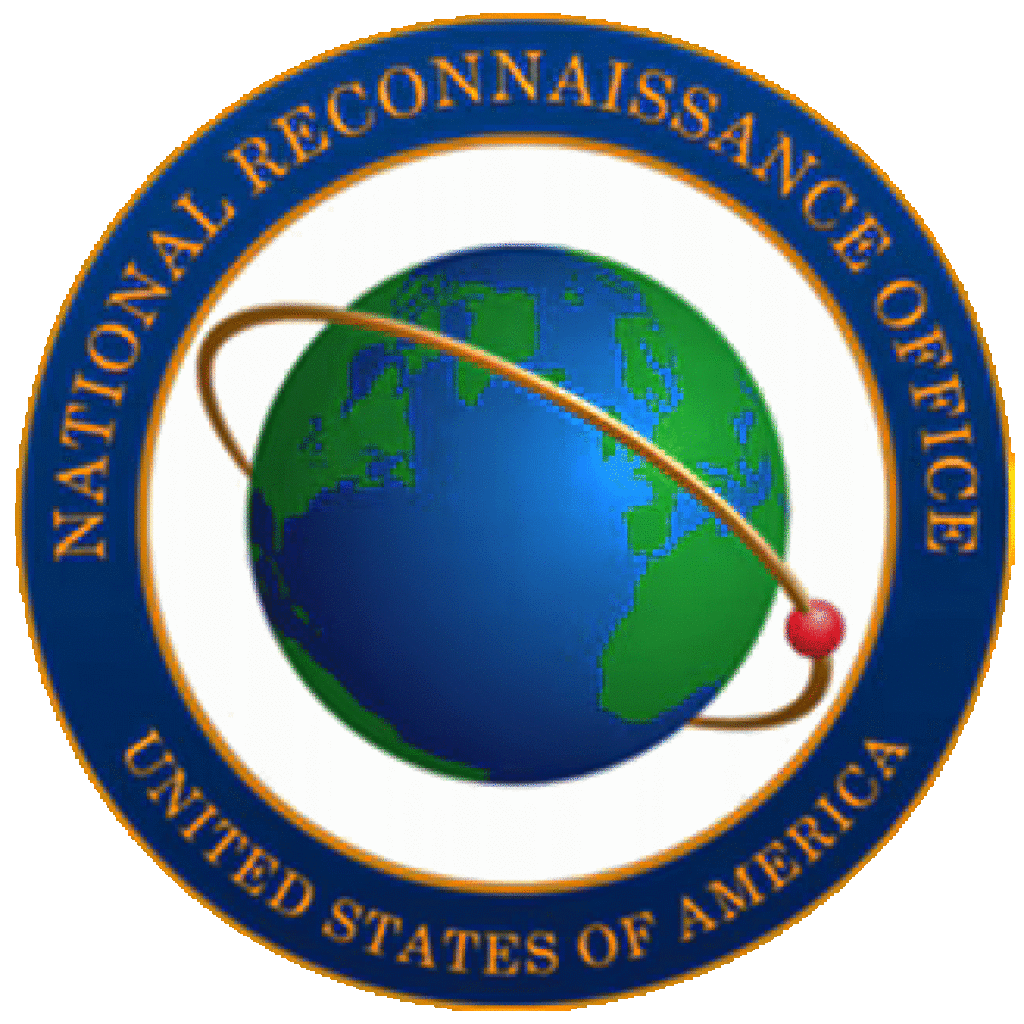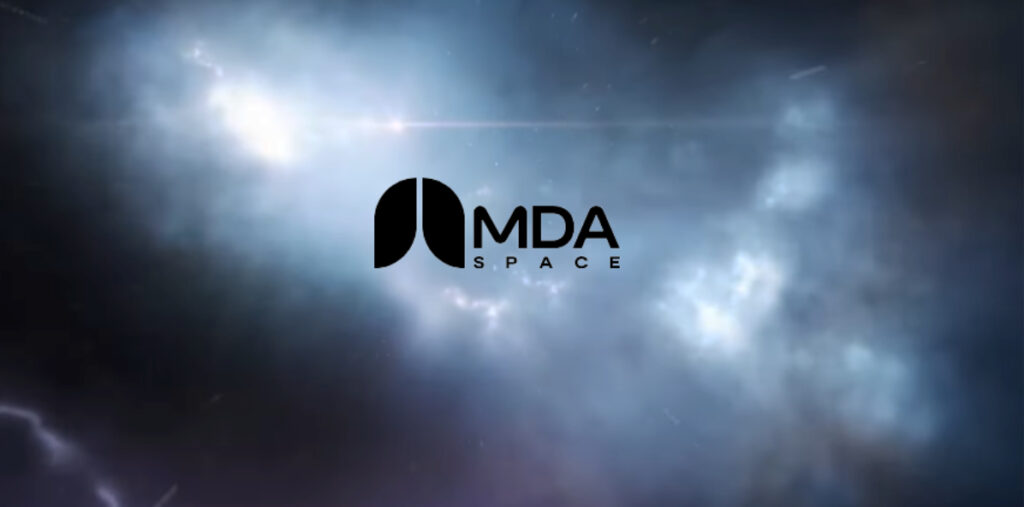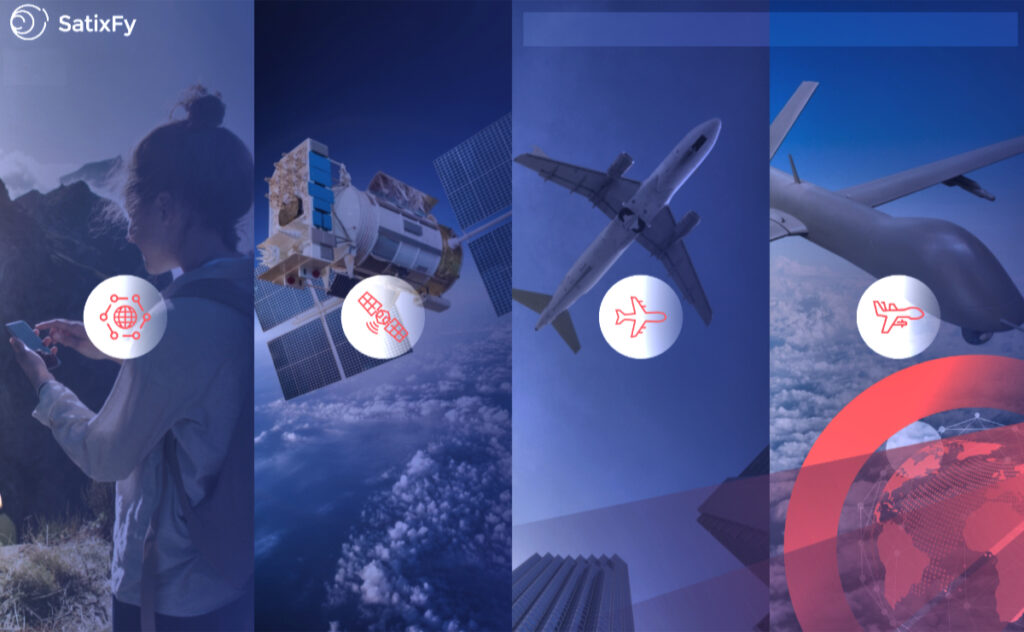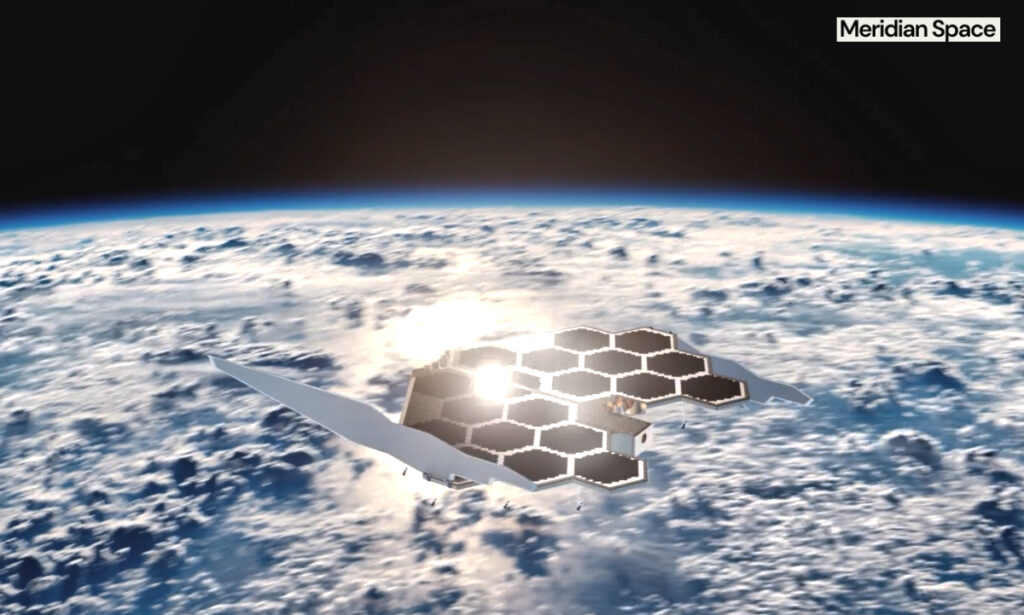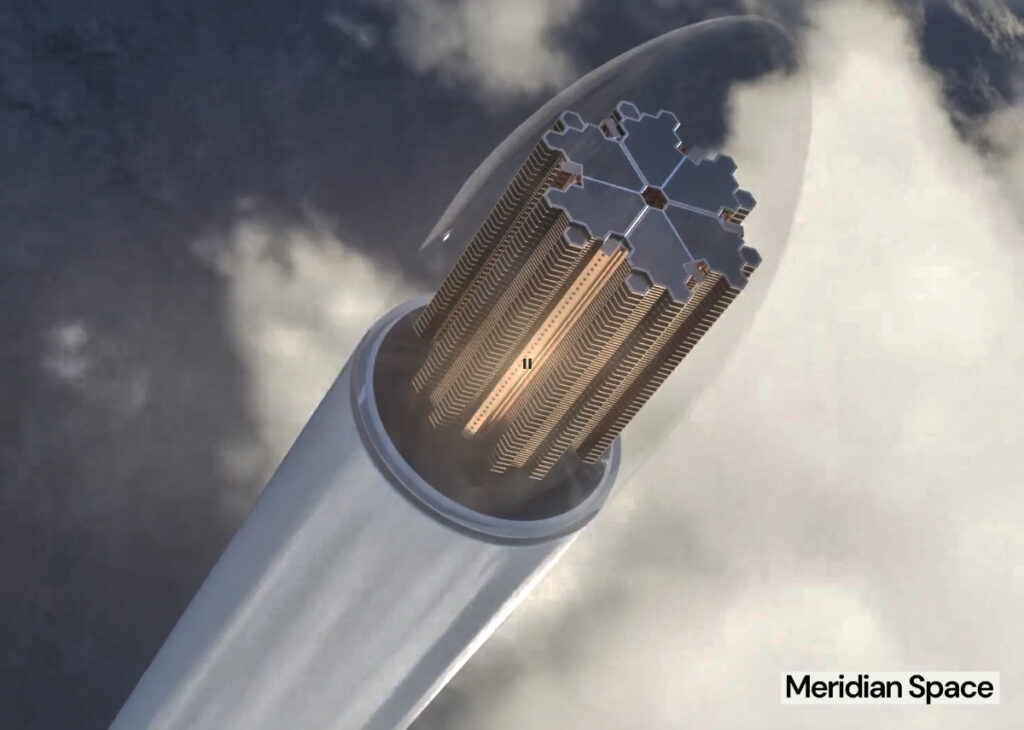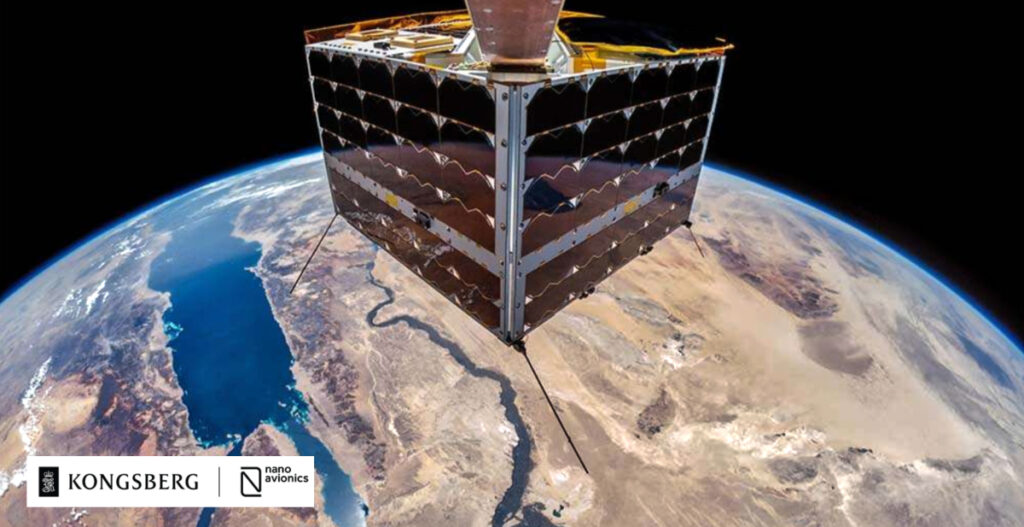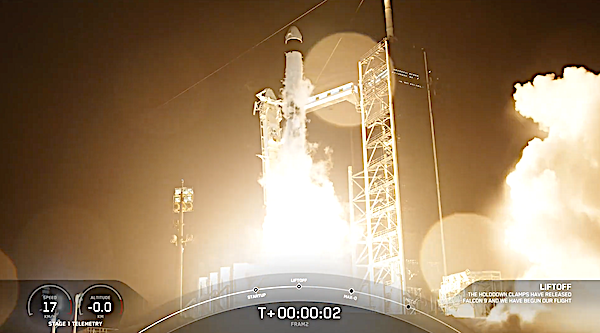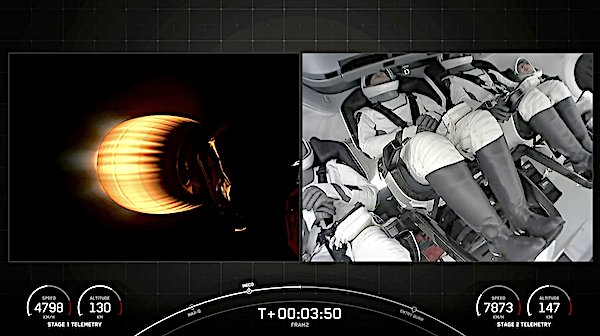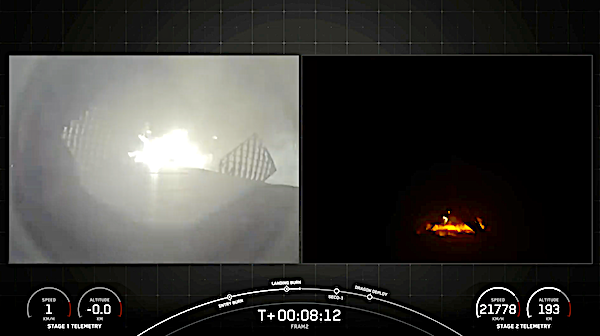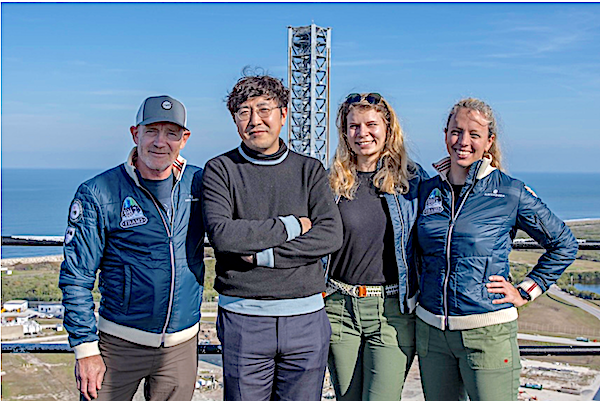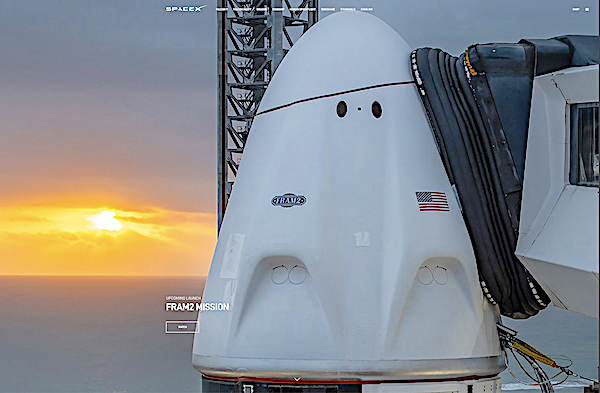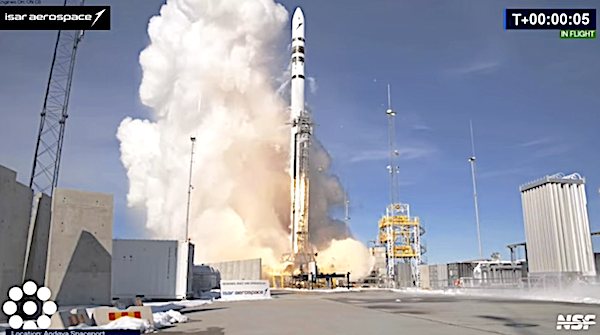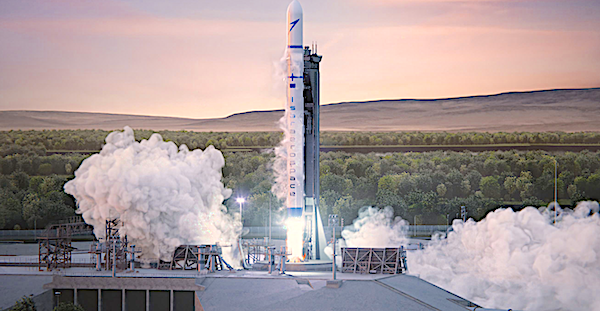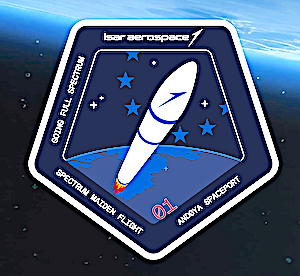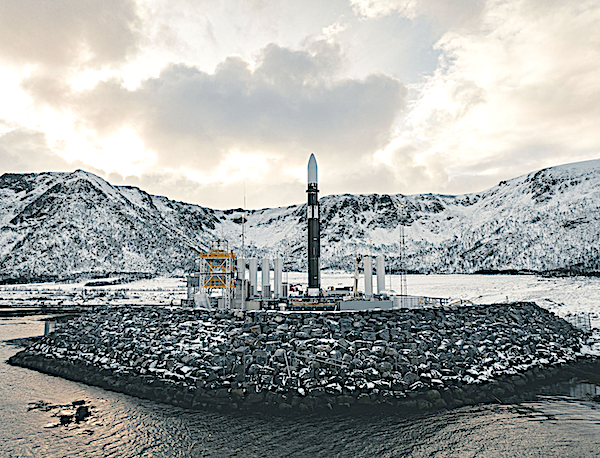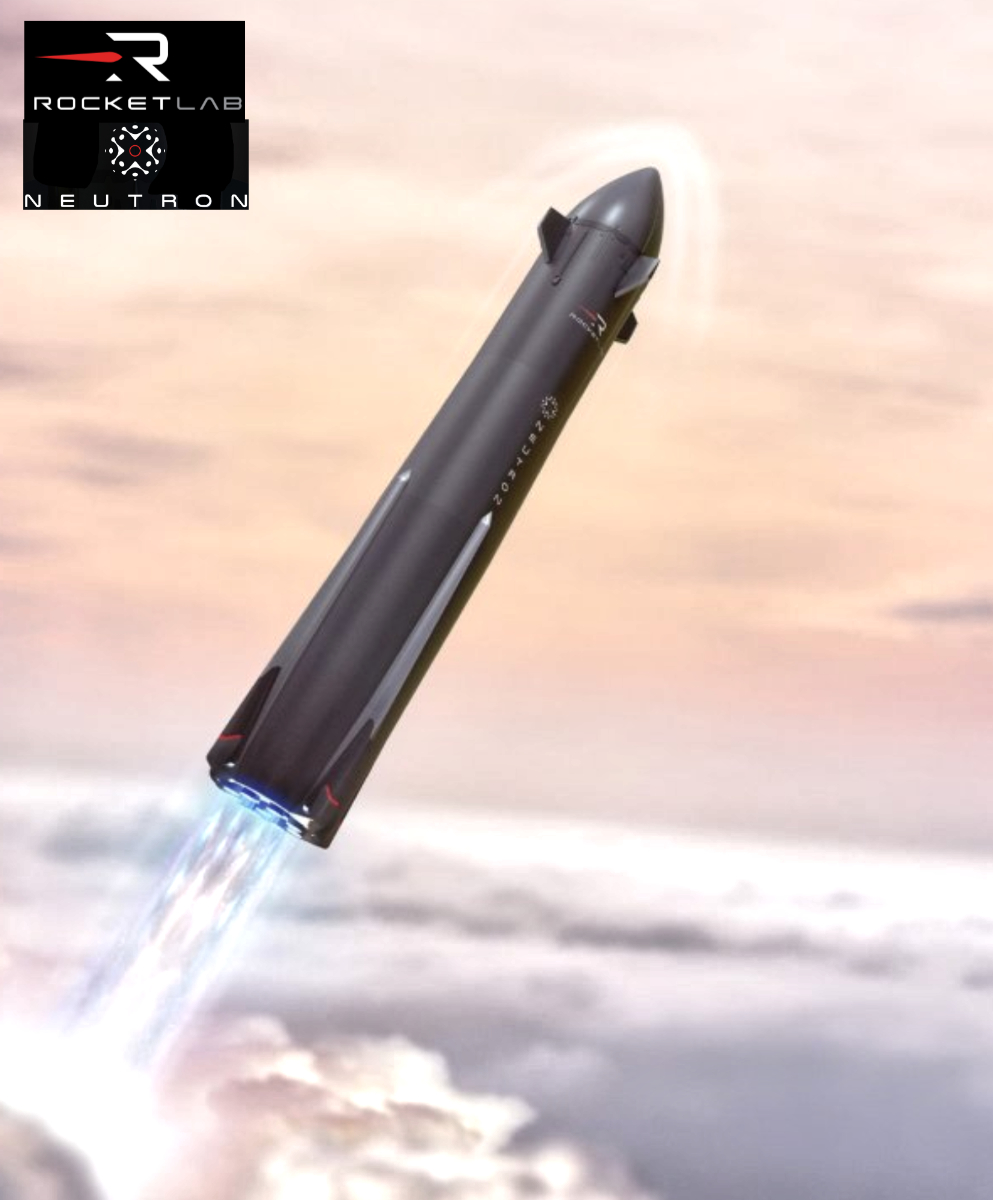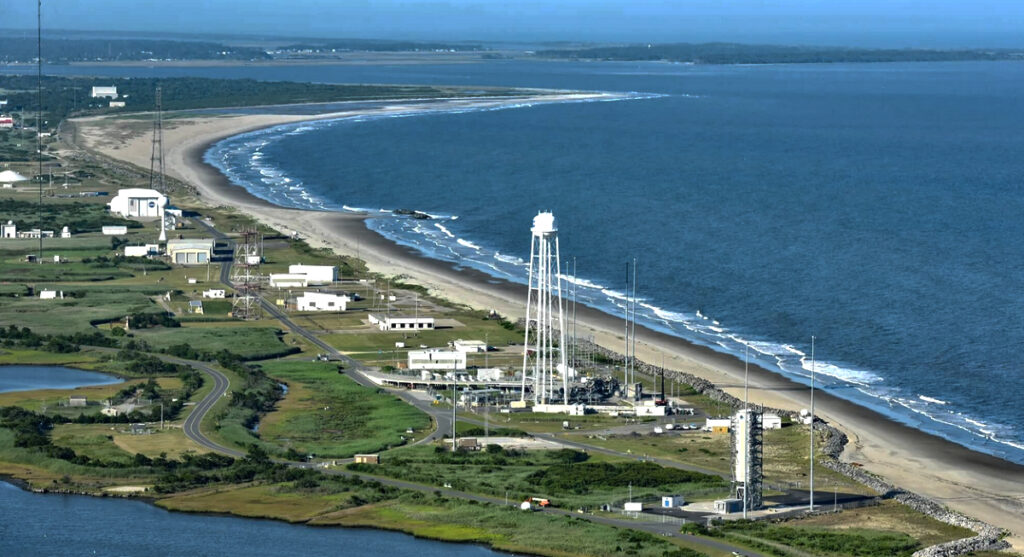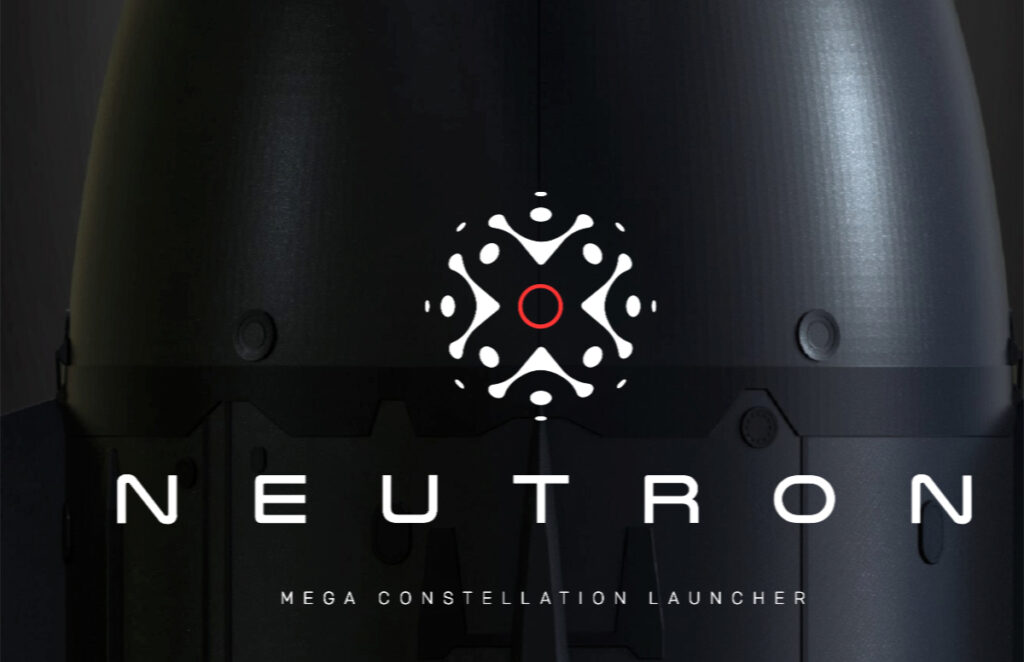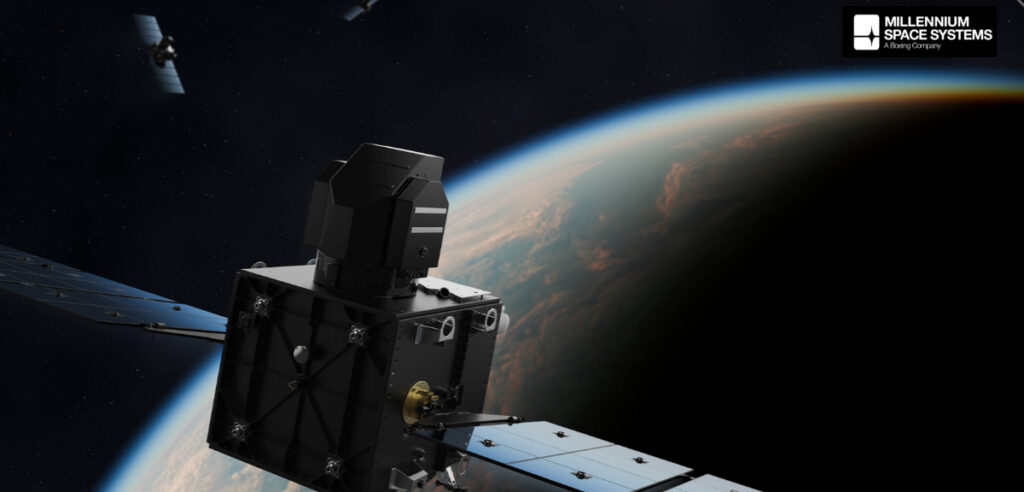
Millennium Space Systems, a Boeing [NYSE: BA] company, completed the Fire-control On Orbit-support-to-the-war Fighter (FOO Fighter) CDR in just 10 months after authorization to proceed with the project.
FOO Fighter will demonstrate advanced missile defense capability by incorporating fire control-quality sensors into a prototype constellation.
The successful completion of CDR marks the transition to the production phase of the program, which includes delivering a constellation of eight satellites with a ground system in 2026. Millennium will perform mission operations once on-orbit.
Meeting rapid timelines is essential to ensuring we deliver mission capabilities when needed,” said Doug Hulse, portfolio lead, Millennium Space Systems. “Completing the FOO Fighter critical design review in just 10 months highlights the efficiency and determination of our team. Our focus is always on providing the warfighter with the tools they need, and this achievement underscores our commitment to delivering mission requirements on time.”
We are thrilled to be working for the Space Development Agency to deliver the FOO Fighter Program and helping pave a new era in the industry, ” said Tony Gingiss, CEO, Millennium Space Systems. “This collaboration with L3 is a testament to what can be achieved when industry leaders come together to push the limits of what’s possible.”


